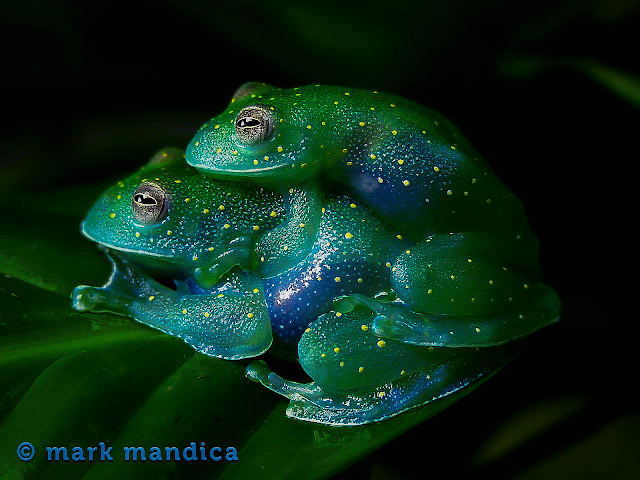Re-issue of expired Care2 Article by Tex Dworkin and Mark Mandica
The article that my dear friend Tex and I worked on 4 years ago is no longer accessible on the Care2 site where it was published. I thought I would post it here, as it provided a wonderful opportunity to connect with conservation minded folks, who were not necessarily aware of the global amphibian extinction crisis. You can still find remnants of the original article on Pintrest.
Plus, it was the first time I ever had my cell phone photography featured in a publication. It's a very nice piece, and brought a lot of attention to amphibians. I thought, given all that has been happening with quarantines and COVID-19, it would be a good time to share some of my favorite frog pictures. Some of the language has been updated
---------
If you would like to join us in this conservation mission, please join us on Patreon
Plus, it was the first time I ever had my cell phone photography featured in a publication. It's a very nice piece, and brought a lot of attention to amphibians. I thought, given all that has been happening with quarantines and COVID-19, it would be a good time to share some of my favorite frog pictures. Some of the language has been updated
---------
Meet 10 Stunning Frogs Whose Populations are Dwindling
For the
past 25 years or so, amphibians have been disappearing globally from developed
areas as well as pristine environments. 43% of the world’s 7,000+ amphibian
species have been documented as in decline or already extinct. Scientists have
identified multiple anthropogenic factors contributing synergistically to
amphibian declines, such as habitat loss, pollution, outdoor cats, collection, acidification
of the environment, and infectious disease.
Staff at the Amphibian Foundation has initiated an amphibian monitoring program in
the metro Atlanta area which enlists staff, volunteers and concerned ‘citizen
scientists’ to join together as a community in order to monitor our local
amphibian populations. If you are in the greater Atlanta region, you can go to maamp.us to learn more. There are many
amphibian monitoring programs throughout the US, and it is a great way for
anyone passionate about amphibians to contribute to their conservation. Two
current ways to get involved in virtually any area is to install the Herp
Mapper program and submit photo or audio data with your phone, or see where the
nearest Frog Watch initiative is to your community and if there isn’t already
one in your area — start one!
 |
|
Rabbs’ Fringe-limbed
Tree Frog, Ecnomiohyla
rabborum
Conservation Status: Extinct
**This caption was updated. Five months afte rthe article was published, the last known Rabbs' Fringe-limbed Tree Frog died in Atlanta. The species is now believed to be extinct. To read the article on his passing, click here**
Rabbs’ Fringe-limbed
Tree Frog (named after devoted amphibian conservationists George and Mary Rabb)
Is believed
to be extinct and hasn’t been seen or heard in Panama since 2007
The
probable cause of the frog’s extinction is the emergent infectious amphibian
disease — chytridiomycosis (chytrid)
A large
frog, almost the size of a human hand
Frogs of
the genus Ecnomiohyla are specialized Tree Frogs (family Hylidae) known
for their ability to glide by using expanded finger and toe webbing.
The last
known Rabbs’ Fringe-limbed Tree Frog resided in the frogPOD at the Atlanta
Botanical Garden. He was a male frog.
He hadn’t
been heard calling until 2014, when a mysterious call emanated from the
frogPOD. Mark Mandica, the Amphibian Conservation Program’s manager was able to
quietly approach and make a recording. The call of this frog had never been recorded
before. The recording can be heard on YouTube by clicking the link below:
|
Another way
you can do something directly to benefit your local amphibian communities is to
make your yard more amphibian friendly. More often than not, it involves doing
LESS yard work than you are currently doing. Encouraging amphibians back into
your property to can help reduce insects (1,000 amphibians can eat 5 million
insects a year!) and help re-connect amphibian populations which have been
fragmented by human land development. There are resources for how to encourage
amphibians in your yard available at backyard.frogsneedourhelp.org
FYI: The images above and below are illustrations!
If you would like to join us in this conservation mission, please join us on Patreon












Comments
Post a Comment